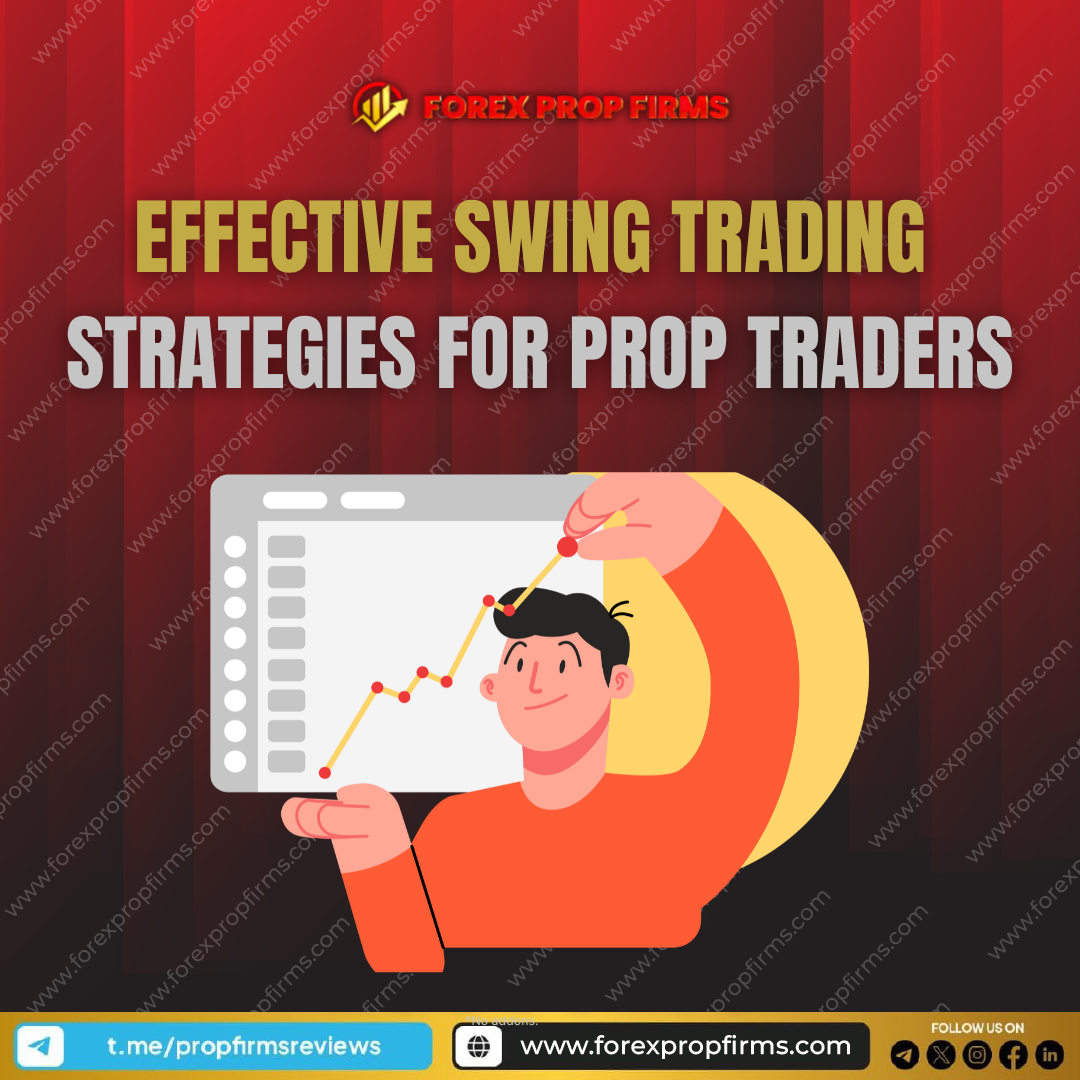
Swing trading is a popular trading style among proprietary traders who aim to capitalize on medium-term price movements by holding positions for several days to weeks. This approach allows traders to benefit from market fluctuations without the need for constant monitoring. In this post, we will explore effective swing trading strategies, prop trading swing trades, and tips for holding trades for profit. Additionally, we will touch on options trading strategies for proprietary traders.
Understanding Swing Trading
Swing trading involves identifying potential price movements within an existing trend and capturing gains over a period of time. This trading style relies heavily on technical analysis to predict future price movements and market sentiment.
- Identifying Trends
- To be successful in swing trading, it’s crucial to identify and follow trends. Use trend analysis tools such as moving averages, trendlines, and the Relative Strength Index (RSI) to determine the direction of the market. Focus on entering trades that align with the overall trend.
- Technical Analysis Tools
- Swing traders rely on various technical analysis tools to make informed decisions. Key tools include candlestick patterns, support and resistance levels, and momentum indicators like the Moving Average Convergence Divergence (MACD). These tools help traders pinpoint entry and exit points.
- Setting Entry and Exit Points
- Define clear entry and exit points for each trade. Entry points are often based on technical signals such as a breakout above resistance or a reversal pattern. Exit points should be determined by predefined profit targets or stop-loss orders to manage risk and protect gains.
Effective Swing Trading Strategies
- Breakout Strategy
- A breakout strategy involves entering a trade when the price breaks through a significant level of support or resistance with increased volume. This indicates strong market momentum and the potential for further price movement. Traders often use technical indicators like Bollinger Bands or moving averages to confirm breakouts.
- Retracement Strategy
- The retracement strategy focuses on entering trades during a temporary pullback within an overall trend. Traders look for price retracements to key support or resistance levels and enter trades anticipating a continuation of the trend. Fibonacci retracement levels are commonly used to identify potential entry points.
- Reversal Strategy
- Reversal strategies involve identifying potential market reversals and entering trades in the opposite direction of the current trend. Traders use technical indicators like RSI, MACD, or candlestick patterns to identify overbought or oversold conditions, signaling a possible reversal.
Holding Trades for Profit
- Risk Management
- Effective risk management is crucial for holding trades for profit. Set stop-loss orders to limit potential losses and use trailing stops to lock in profits as the trade moves in your favor. This helps protect your capital while allowing for potential gains.
- Patience and Discipline
- Patience and discipline are key to successful swing trading. Avoid the temptation to exit trades prematurely based on short-term price fluctuations. Stick to your trading plan and let your trades play out according to your predefined criteria.
- Monitoring Market Conditions
- Continuously monitor market conditions and adjust your positions as necessary. Stay informed about economic events, news releases, and market sentiment that could impact your trades. Be prepared to exit trades if market conditions change significantly.
Options Trading Strategies for Proprietary Traders
In addition to swing trading, proprietary traders often incorporate options trading strategies to enhance their profitability. Options provide flexibility and leverage, allowing traders to manage risk and capitalize on market opportunities.
- Covered Calls
- A covered call strategy involves holding a long position in an asset and selling call options on the same asset to generate income. This strategy is useful for generating additional returns on assets held for swing trading.
- Protective Puts
- Protective puts involve purchasing put options to hedge against potential downside risk in a long position. This strategy provides insurance against significant losses while allowing for potential gains in the underlying asset.
- Straddle and Strangle
- Straddle and strangle strategies involve buying both call and put options to capitalize on significant price movements in either direction. These strategies are useful when anticipating high volatility but uncertain about the direction of the price movement.
Conclusion
Effective swing trading strategies and options trading strategies are essential tools for proprietary traders looking to maximize profits. By identifying trends, using technical analysis, and employing sound risk management practices, traders can successfully navigate the markets and achieve their trading goals.
Encouraging User Engagement
We value your feedback! Share your favorite swing trading strategies and options trading tips for proprietary traders in the comments below. If you found these insights helpful, consider sharing this article with your fellow traders. Your experiences and insights contribute to our trading community’s growth and learning.
By mastering swing trading strategies and incorporating options trading techniques, proprietary traders can enhance their trading performance and achieve greater success in the markets. Happy trading!
Learn more about Technical Analysis Tools
Looking for the latest Prop Firms updates?
Follow our official social channels and never miss a bit!














 for
for